# 150 Forty days and forty nights
Words: George Hunt Smyttan
Music: Aus der Tief rufe ich, melody attributed to Martin Herbst, harmonized by William Henry Monk
George Hunt Smyttan (1822-1870) wrote three poems for Lent, one of which became this hymn. It was published in the March 1856 edition of The Penny Post and was revised five years later in Hymns Fitted to the Order of Common Prayer (1861), by Francis Pott.
George H. Smyttan was an Anglican clergyman who published three collections of verse. Smyttan moved in 1859 to Germany, where he died at Frankfurt-on-the-Main, unknown and friendless. He was buried in a pauper’s grave, and his name was entered in the burial registry only as “Smyttan, England.”
Martin Herbst (1654-1681) is believed to have written this tune, but it is named HEINLEIN after Paul Heinlein (1626-1686), another German composer to whom it was attributed in the past. The tune also has been called AUS DER TIEFE, for the German text with which it appeared in a 1676 hymnbook.
Martin Herbst was born in Nürnberg, Germany, and became a Lutheran pastor. He served as rector for the school and pastor of the church at Eisleben in 1680 but died of the plague the following year, at age twenty-seven. This is one of three tunes attributed to Herbst.
AUS DER TIEFE (also called HEINLEIN) was published in the Nürnbergisches Gesang-Buch (1676-77) as a setting for Christoph Schwamlein's text based on Psalm 130 "Aus der Tiefe rufe ich" ("Out of the Depths I Cry"). In that songbook the tune was attributed to "M. H.," initials that are generally accepted to refer to Martin Herbst (b. Rothenbach, Germany, 1654; d. Eisleben, Germany, 1681). Herbst was educated in theology and philosophy at the universities of Altdorf and Jena. In 1680 he became rector of the gymnasium (high school) and pastor of St. Andrew Church in Eisleben. The following year he died of the plague.
Enjoy this from St. John’s in Detroit. YOUTUBE

